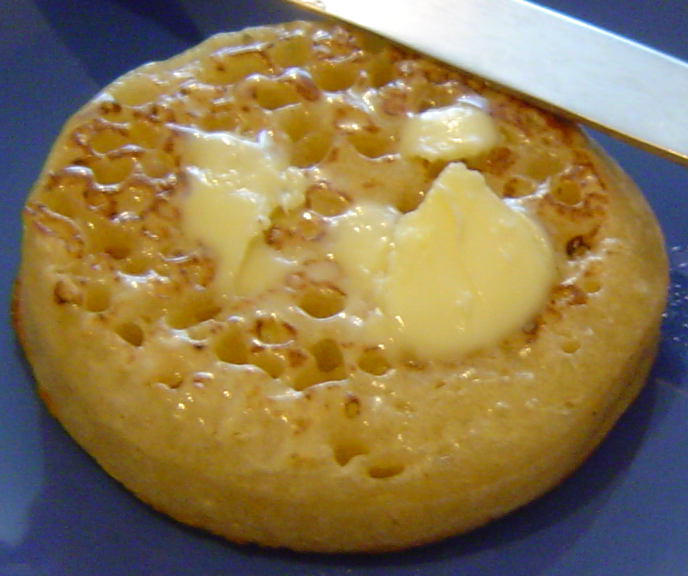Buying bread in Italy is a semi-sacred activity, a rite. Italian bread comes in a bewildering variety of shapes and textures, although the staples are of course ciabatta (moccasin-sized and -shaped), panini (rolls) and French-style baguettes. If you go to a small bakery (panificcio) there are hundreds of variations reflecting local, regional and seasonal characteristics. This is even truer when it comes to cakes, which in Italy aspire to the condition of an art form.
There is no real equivalent of the British supermarket sliced loaf. The nearest thing available is called
pan carre, which is a tiny sliced loaf of very soft white (never brown or granary) bread used to make ‘un toast’ (pronounced toe-ast).
Un toast means a sandwich containing ham and soft cheese cut diagonally and not quite toasted enough to be called a toasted ham and cheese sandwich. Invariably, a bar in Italy always has a solitary ‘toast’ left in the afternoon after the main rush at lunchtime. If you turn up at 1.00 you can get a fat, fresh ciabatta filled with prosciutto (ham), mozzarella and plump sliced tomatoes. Get there at 3.00 and you’ll not only get a derisory look and a forward-thrusting shrug (translated as: why are you eating lunch at 3 o’clock – alone?); you’ll also get un toast with the edges curling up slightly.
Italians buy pan carre to make toast (in the English sense). However, it is invariably unsatisfactory and usually disintegrates inside the toaster (if you have one). Making toast using ciabatta or a baguette produces better results, although the result can be quite tough.
As for a slice of day-old granary bread from Tesco’s popping up out of the toaster, then smothered in butter or margarine and topped off with strawberry jam, forget it...

